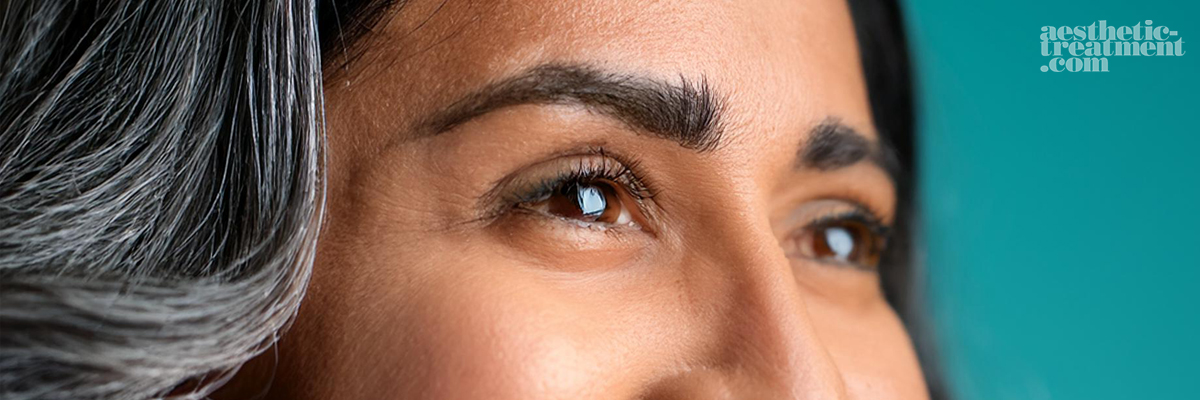How Microneedling Works for Facial Hair Loss
Microneedling works by creating micro-injuries in the skin, which trigger the body’s wound healing response. This response involves several key processes that contribute to hair regrowth:

1. Collagen and Elastin Production The micro-injuries stimulate fibroblasts, which are cells that produce collagen and elastin. Increased collagen and elastin levels improve the skin’s overall health, providing a better environment for hair follicles.
2. Enhanced Blood Flow The punctures promote increased blood circulation to the treated area. Improved blood flow delivers more oxygen and nutrients to the hair follicles, encouraging hair growth.
3. Activation of Growth Factors The healing process releases growth factors that stimulate hair follicle activity and promote the transition of hair follicles from the resting phase to the active growth phase.
4. Improved Absorption of Topical Treatments Microneedling creates microchannels in the skin, enhancing the absorption of topical hair growth treatments, such as minoxidil or peptides, applied during or after the procedure.
